
At the moment we are witnessing the peak southward migration of Booted (Hieraaetus pennatus) and Short-toed Snake (Circaetus gallicus) Eagles over the Strait of Gibraltar. These are the two main species, with over 30 thousand of the former and around 20 thousand of the latter crossing in a matter of a few weeks. These birds are headed for south of the Sahara, spending the winter months mainly in the Sahel.
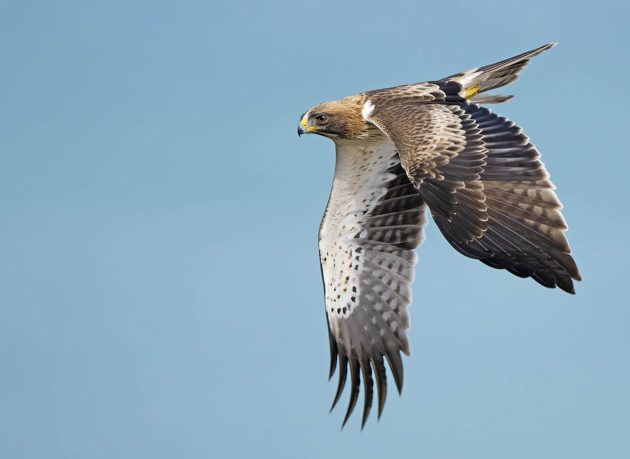
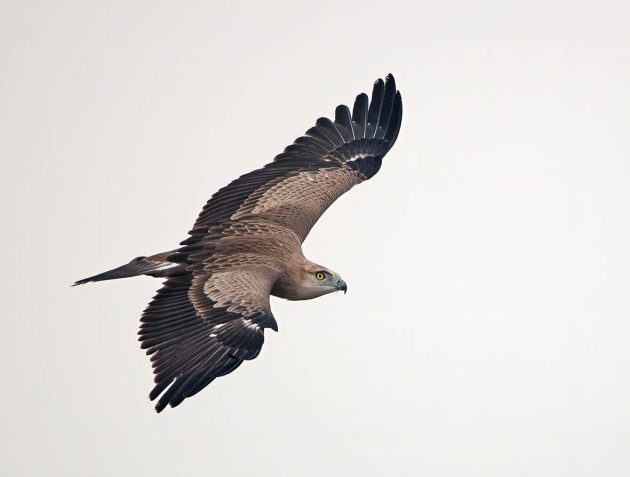
Both are restricted by the nature of their soaring flight, being forced to cross between the continents where the sea crossings are shortest. The Short-toed Snake Eagle is particularly vulnerable. Recent satellite tracking studies have revealed some unexpected twists to this story. Short-toed Snake Eagles from southern Italy move north in the autumn, heading for the French Mediterranean coast, then south towards the Strait of Gibraltar. Juveniles that try to be clever by moving south-west into Sicily end up trapped by the sea and remain stuck over the winter, and eventually perish.

As we would expect, this migration is numerically dominated by birds of the year, which gives us a fantastic opportunity to observe birds in juvenile plumage. We won’t get this during the return migration in the spring. These eagles cross steadily in good weather, peaking late morning. With strong easterly winds, which are common in the Strait of Gibraltar, they move up and down the coast, exploring possible crossing points. They end up going back into the hinterland where they rest or even try to hunt. I have seen migrating Booted Eagles hunting Collared Doves (Sterptopelia decaocto) and Blackbirds (Turdus merula) in gardens within the City of Gibraltar!



The following day, the eagles repeat the operation, only this time they are joined by new arrivals from the north. Several days of bad winds produces spectacular gatherings of eagles. Many are attracted to the Rock of Gibraltar where the concentrations in late morning are spectacular, with hundreds at any one time. Nearly all return north, the winds preventing a crossing. Many inadvertently stray into Peregrine Falcon (Falco peregrinus) territory where they have to endure the additional hazard of aggressive falcons telling you that you’re not welcome.
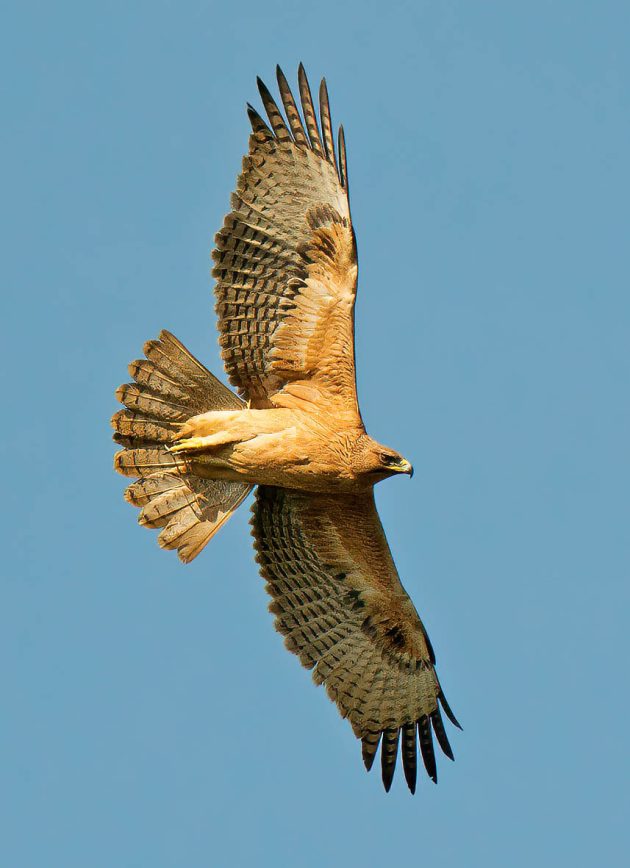
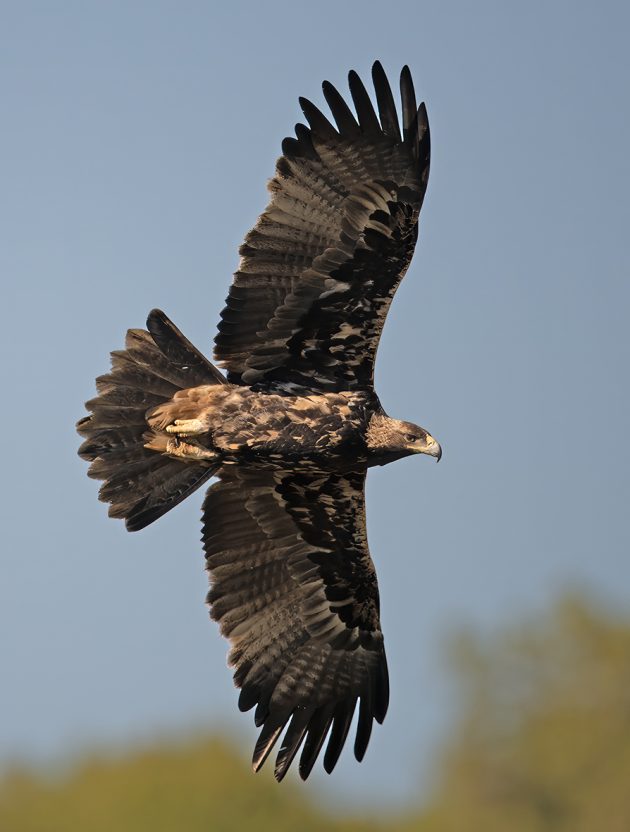
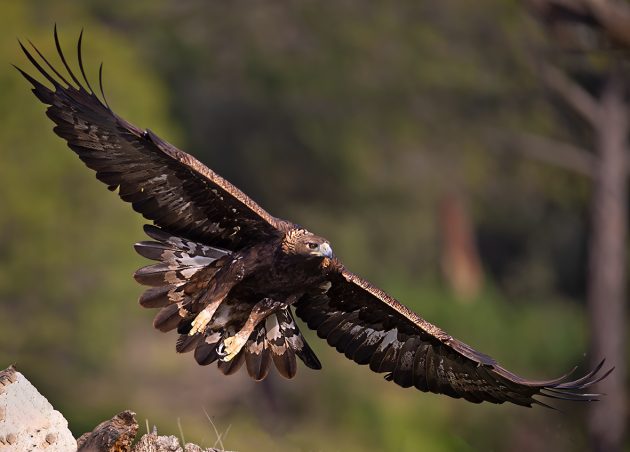
These are two the main eagles that we see, they are highly migratory after all, but sometimes we get other species showing up; these are usually immatures or juveniles which are dispersing and which do cross into Morocco. Bonelli’s Eagle (Aquila fasciata) is the most frequent but, with increasing numbers as the population recovers, Spanish Imperial Eagles (Aquila adalberti) also show up. If you’re really lucky you might even get the largest and most powerful of them all – Golden Eagle (Aquila chrysaetos). All in all, a great time for eagle-watching in the Strait of Gibraltar.














As another fan of raptors and their migrations, your article and pictures have me drooling. We’re always excited to see Golden Eagles migrating here in late October/early November.
Stunning photos and another drooling reader!
cheers Brian
Raptors set me off on this journey when I was a kid. Always special.
Tell those Imperials and Goldens to wait for me, as I will be in Algeciras and area from October 20th-November 2nd!
Also, is there anyplace that is even better than Cazalla, Clive?
Absolutely unbelievable imagery!